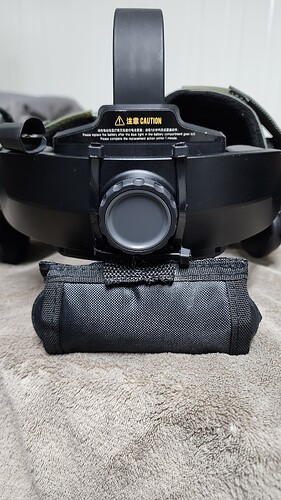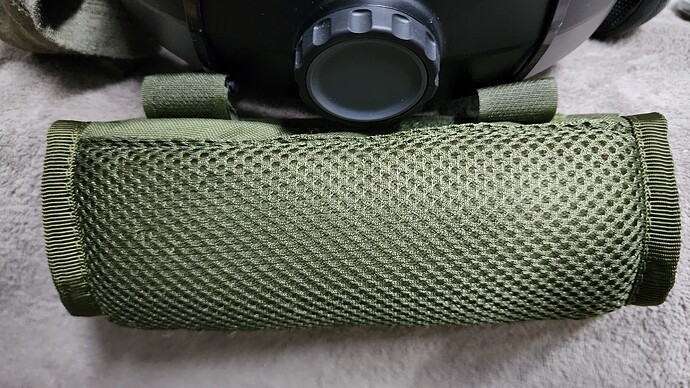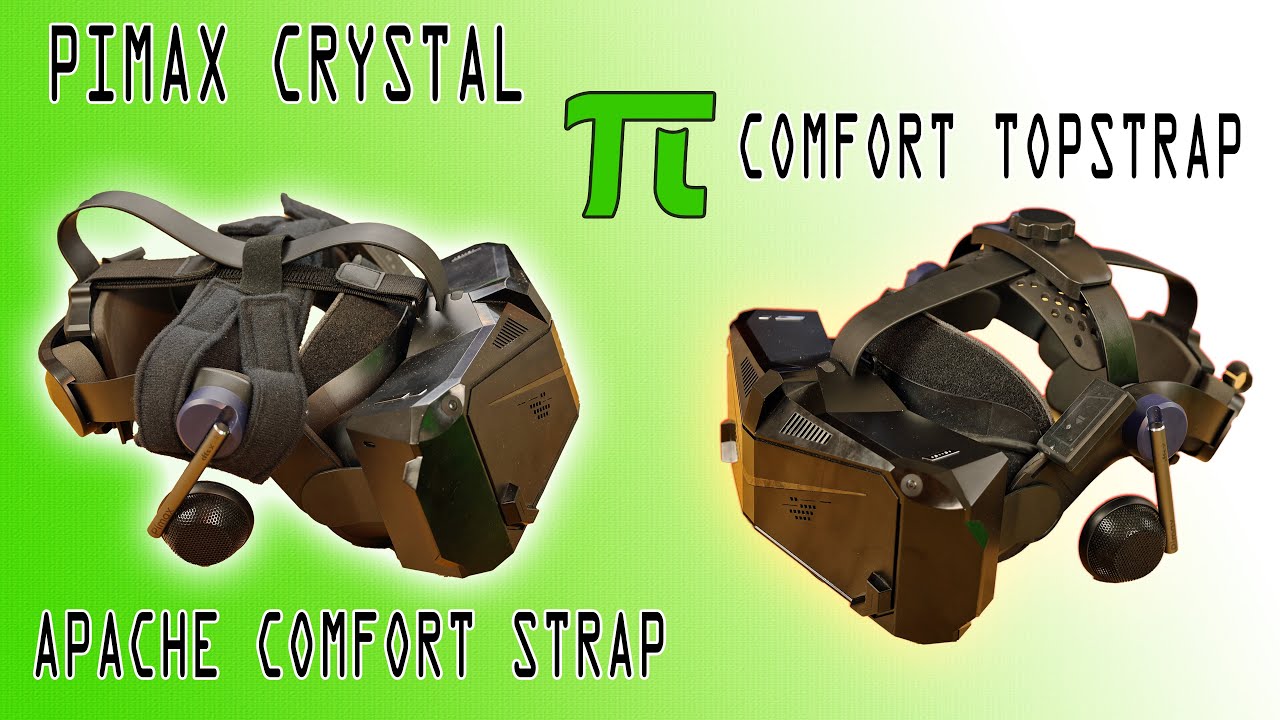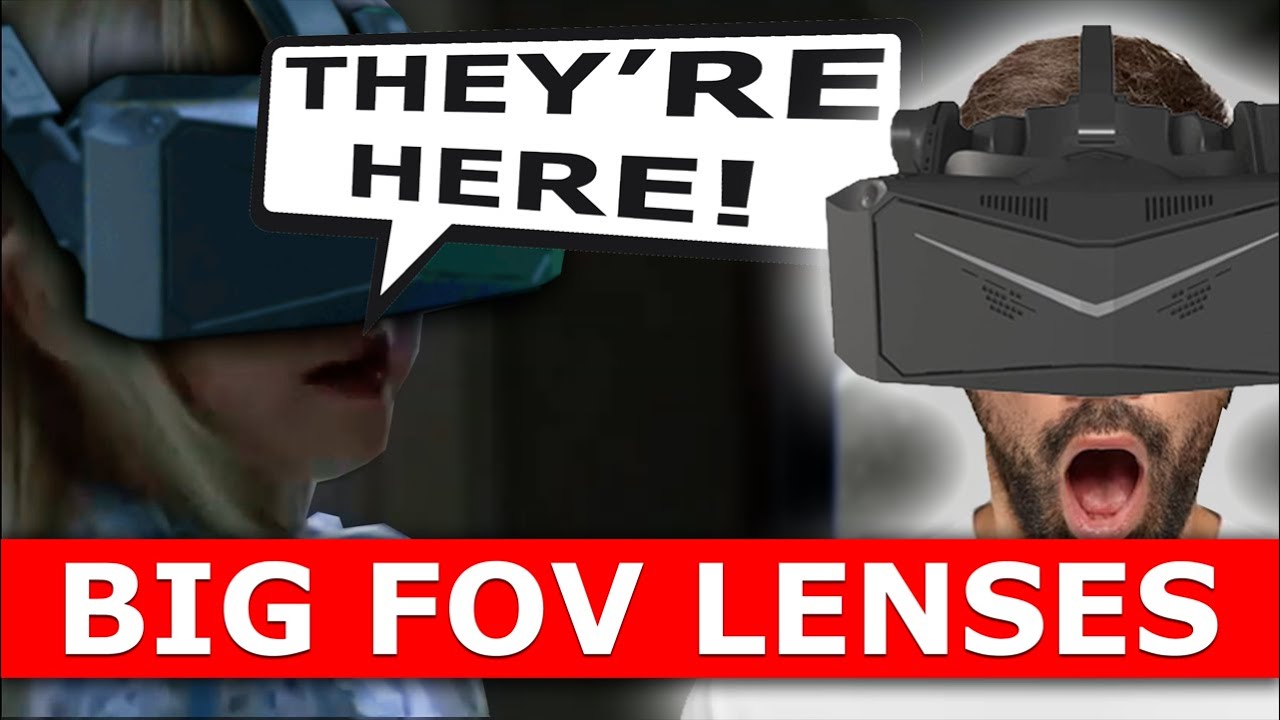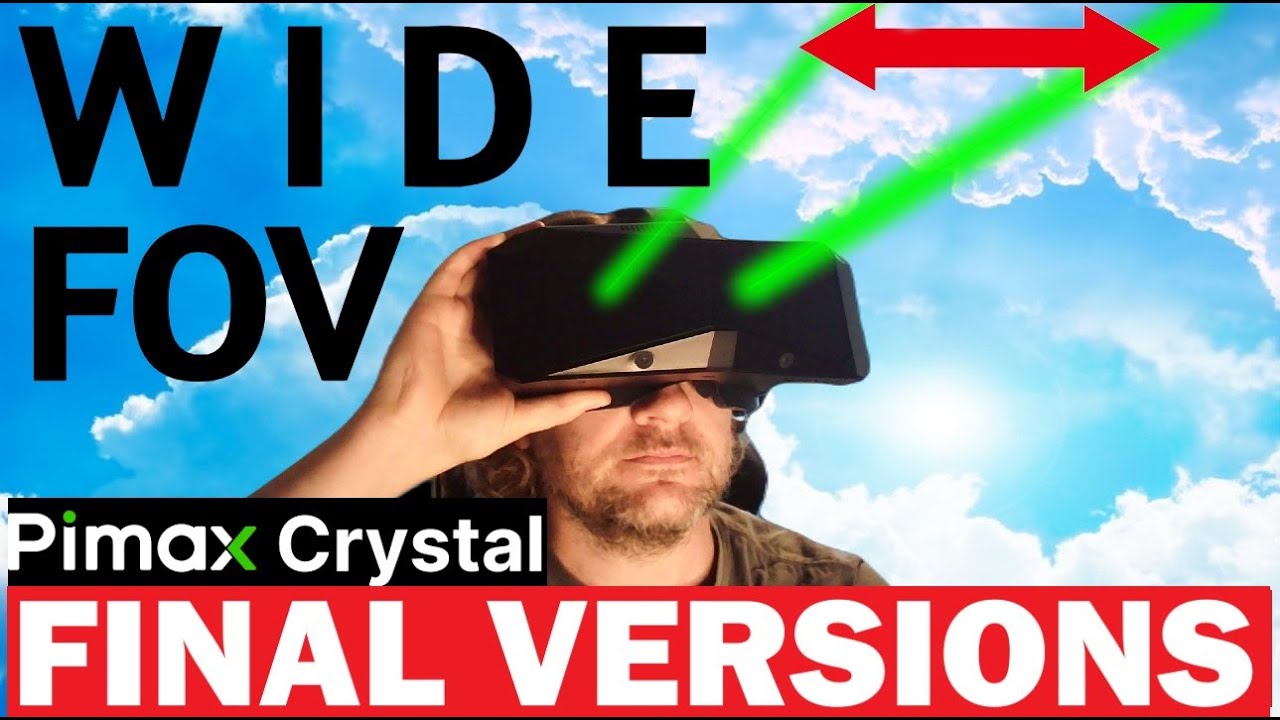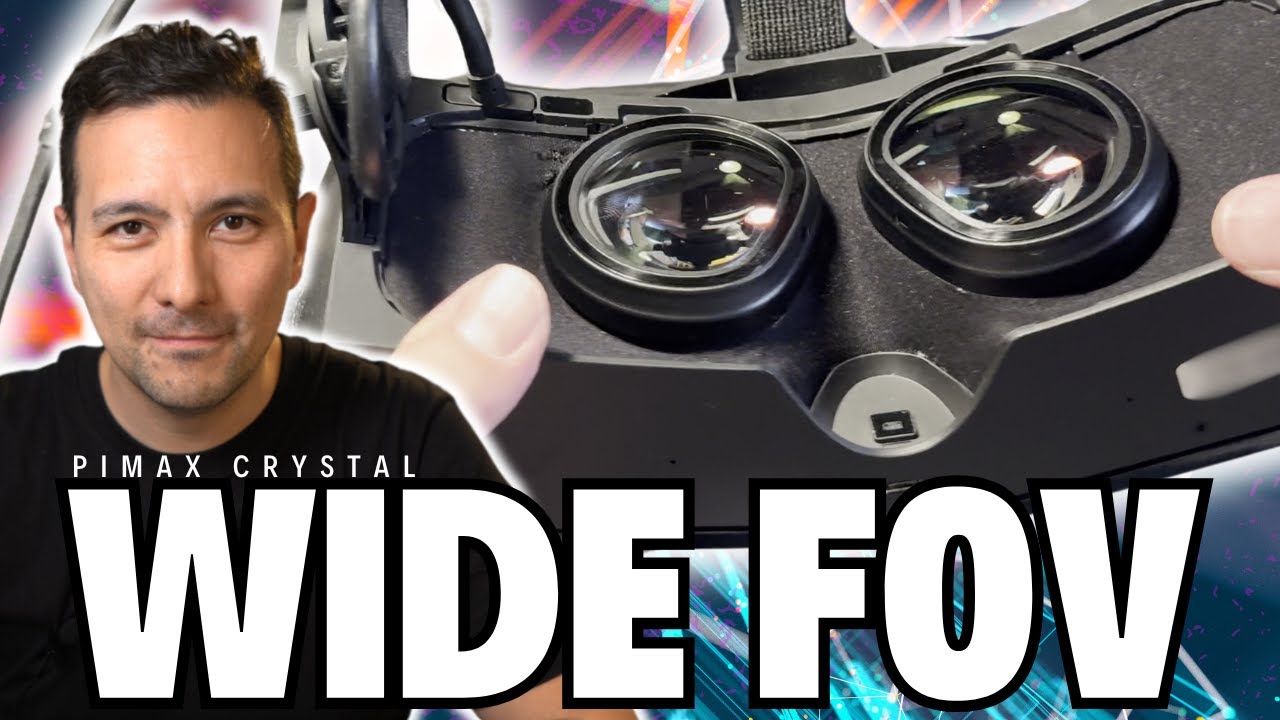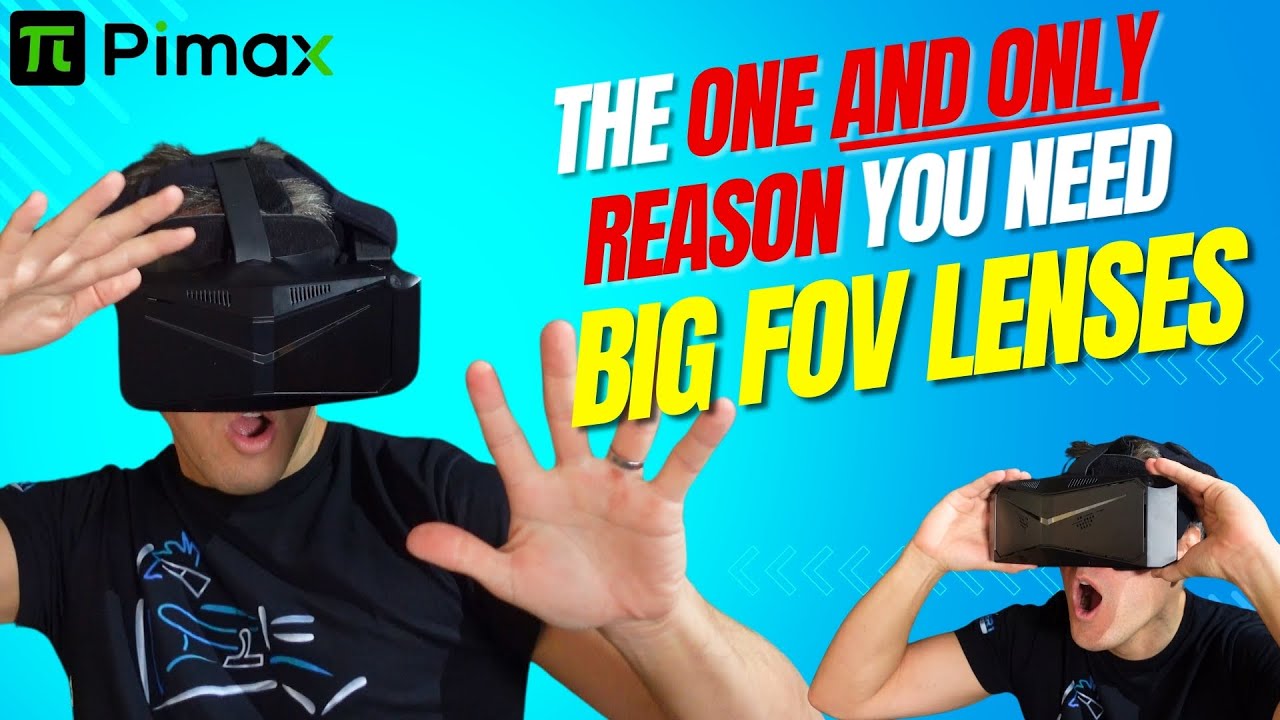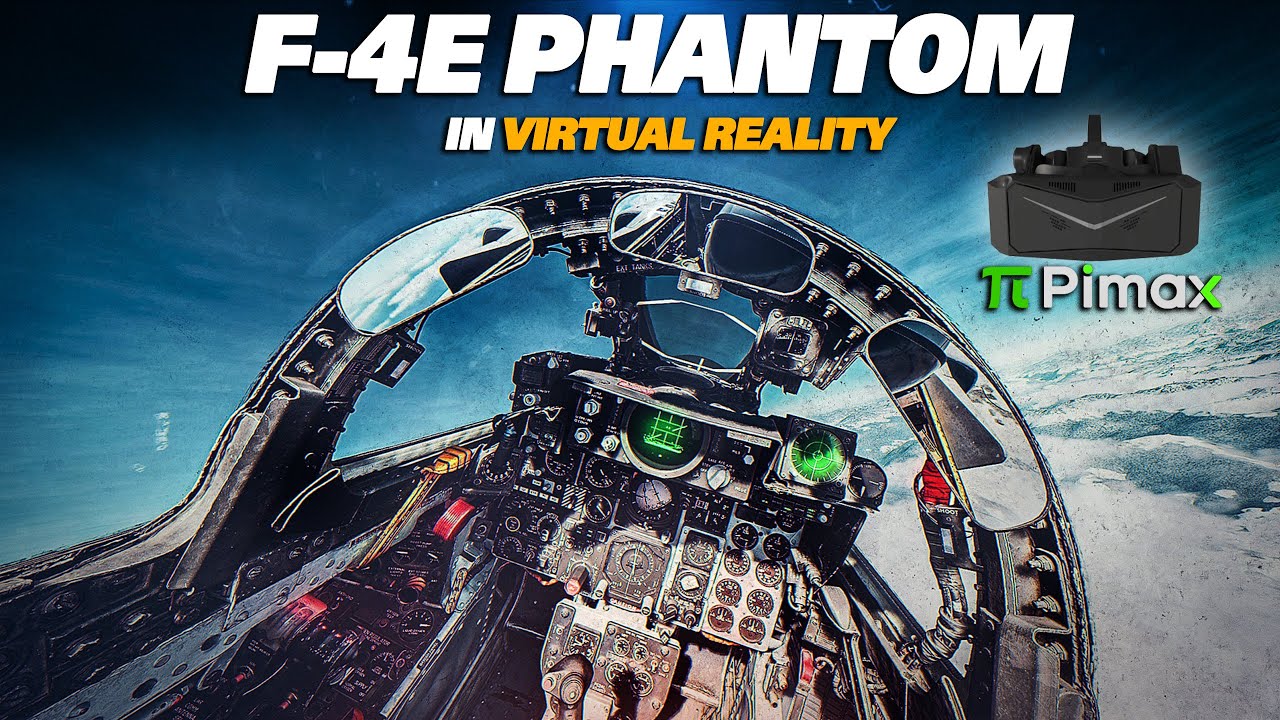Just the fact that you can fly these two birds in VR is amazing. The pits are both works of art. The Corsair is more “busy” and worn looking. The Cat is also worn but the aircraft is a bit simpler than the F4U. Its really hard to say one is better than the other. The art is just amazing. The external is amazing too on both.
If i had to pick just one, the Hellcat is easier to fly. I think they both sound great but the Hellcat once again narrowly wins for me. The Corsair is a bucking bronco with attitude. The Hellcat is no sloutch. Its fast and agile but more stable.
Dont get one thinking it will cure the itch for the other. That simply will not work. Get both or wait till ED puts the DCS Versions in our mittens.
Ive observed another positive. When i bought the Crystal the batteries were good for a couple of hours. After a month now the battry seldom runs out. I was on the same battery for hours today. It takes about 45 minutes to charge and it came w 2 batteries. This means im never running out of power. Ive gotten used to changing them but i hope Pimax does a better job ou the next baatery release mechanism. I never have to change my battery on weekdays. I simply swap them out once a day.
V2. This is jus a open sleeve allowing me to put anything inside. Ill use Wheel weights when they get here…
This was V1. T was a bit wider and touched my neck too much.
I
Yea…I and many others feel your pain on the battery release mechanism…terrible design.
I’ve had my Crystal since September '23 and the only time I needed to change my battery is when I returned from a long trip and I had unplugged my PC before I left.
Otherwise my battery is always fully charged…As long as I leave it plugged into my USB hub and my PC.
After owning my Crystal for a couple of months this has finally happened. I only rotate the battery when I feel like it
I just got back a few days ago from R&R in Qatar. Got a ride in a UH-60 Blackhawk. I missed riding in a Chinook by a whisker.
So, i dont know what they put in the Crystal update, but as the kids say it is FIRE! MSFS, DCS and particularly IL2 got a huge boost in clarity. Im very pleased with my one ton headset.
COOL! ![]()
Well, I guess that if wide FoV VR was easy and cheap, everybody would do it…
Meanwhile, for 7 months now, I am still waiting to get my refund from Pimax… Also my second return shipment was not picked up by Pimax from customs and has meanwhile been returned back to me. After about 4 months (and a lot of nerves from my side) Pimax has finally reimbursed my expenses for the returned first shipment. For the second returned shipment I told Pimax I would not take it back until they would first reimburse my expenses for this one as well (after all about 50€ shipment costs plus €200 in accrued taxes/fees). This took about another month to resolve but has finally happened. Now I am sitting on the Crystal again, waiting again since a couple of weeks where to send it next.
And these clowns still insist that they cannot refund my Crystal until the get it back. I am doing everything in my power to do that, but they are repeatedly sabotaging it either due to incompetence or male intent. So far it has cost them €500 in fees/taxes for nothing. This is a least a little satisfaction for me, but ultimately it doesn’t get me my own money back.
Interesting how only 10-degrees added so much to his sense of speed (SOS). Wider FOV is the last major, standard, visual hurdle for VR, IMO. I imagine that Dynamic Foveated Rendering (DFR) helps. Hmm, can I add more acronyms here…? ![]()
I don’t know how the pimax works and yeah, recording VR is not exactly straight forward to set up but at least with a Reverb G2 it’s not that hard to get way better quality video footage than this. Maybe someone here who owns a pimax can chime in what happened here with the video footage?
There seems to be quite a bit of foveated rendering going which of course is not great if you want to record a video or stream and then there’s the noticeable stutter of the footage which I find curious as he mentioned that it wasn’t apparent in VR.
Is the foveated rendering a necessity due to the higher resolution of the Pimax?
Compare his VR footage to my stuff that I stream or record in VR to see what I mean:
Some examples
Video recording:
Live stream:
Sometimes it can seem a bit laggy during the stream but that has to do with the internet connection having a hiccup and not the software.
As I understand it DFR requires less work; a big benefit as the resolution goes up.
It’s amazing tech really. The sharp area is really pretty small (Varjo Aero here).
I find myself having to look hard (strain to pickup clues) to see the lower rez image outside the ‘sharp zone’, just to satisfy my curiosity, “hmmm, is this thing on?”).
I’d imagine that something recorded with DFR On would look terrible when played back.
While this doesn’t answer your question I do recall mine, Aero, wasn’t performing all that well on my rig until I got DFR working. Was operator error on my part at first.
The problem with capturing DFR in videos is that the way we currently capture VR in OBS uses a plugin that only seems to “see” the low quality image, the Pimax seems to put the “high quality” layer on after the OpenVR plugin captures the frame.
So yeah, with OpenXR’s foveated rendering I can just keep the “low quality” band outside the area I’m actually capturing, but with DFR that doesn’t seem to be working.
Oculus is nicer since they expose a (horizon levelled!) output image from the API that we can capture directly.
Ahhhh. Good to know, thanks.
How are we feeling about the Crystal Light these days after 2 years-ish of it being out? My Quest 2 has been great for the past 5 years but it’s starting to have battery issues staying charged as I’m playing even with the link cable. I’m hoping I can get around this issue with a powered USB hub, but in the case that doesn’t work I’m considering the Crystal Light since it avoids battery issues altogether as well as Meta’s buggy forced updates that seem to constantly break things. The light is just a lot more expensive–like 3 months’ worth of groceries–so I’m hesitant to buy it without knowing 100% it will work.
The three main factors for me are vertical FOV, interface with Windows/DCS, and VR recording/streaming.
I heard FOV can often depend on how your face interacts with the headset, but can anyone compare vertical FOV between the Crystal Light and Quest 2/3? One of the things I love about the Quest 2 is having enough vertical FOV to glance at steam gauges while still having a clear view outside the cockpit. With a narrower vertical FOV I would have to go more heads down which is a bit of a deal breaker for me.
How’s the interface with Windows/DCS? I only know WMR (now dead?), Oculus, and SteamVR. Personally I always hated SteamVR and having to run that simultaneously with standalone DCS. Oculus is fairly non-intrusive other than having to use controllers to get into the virtual desktop. How does the Crystal interface with the system?
VR recording/streaming too I’m stuck on because it seems like a lot of people have had issues capturing things? I use OBS to record DCS.exe directly. Does this not work with the Crystal?
